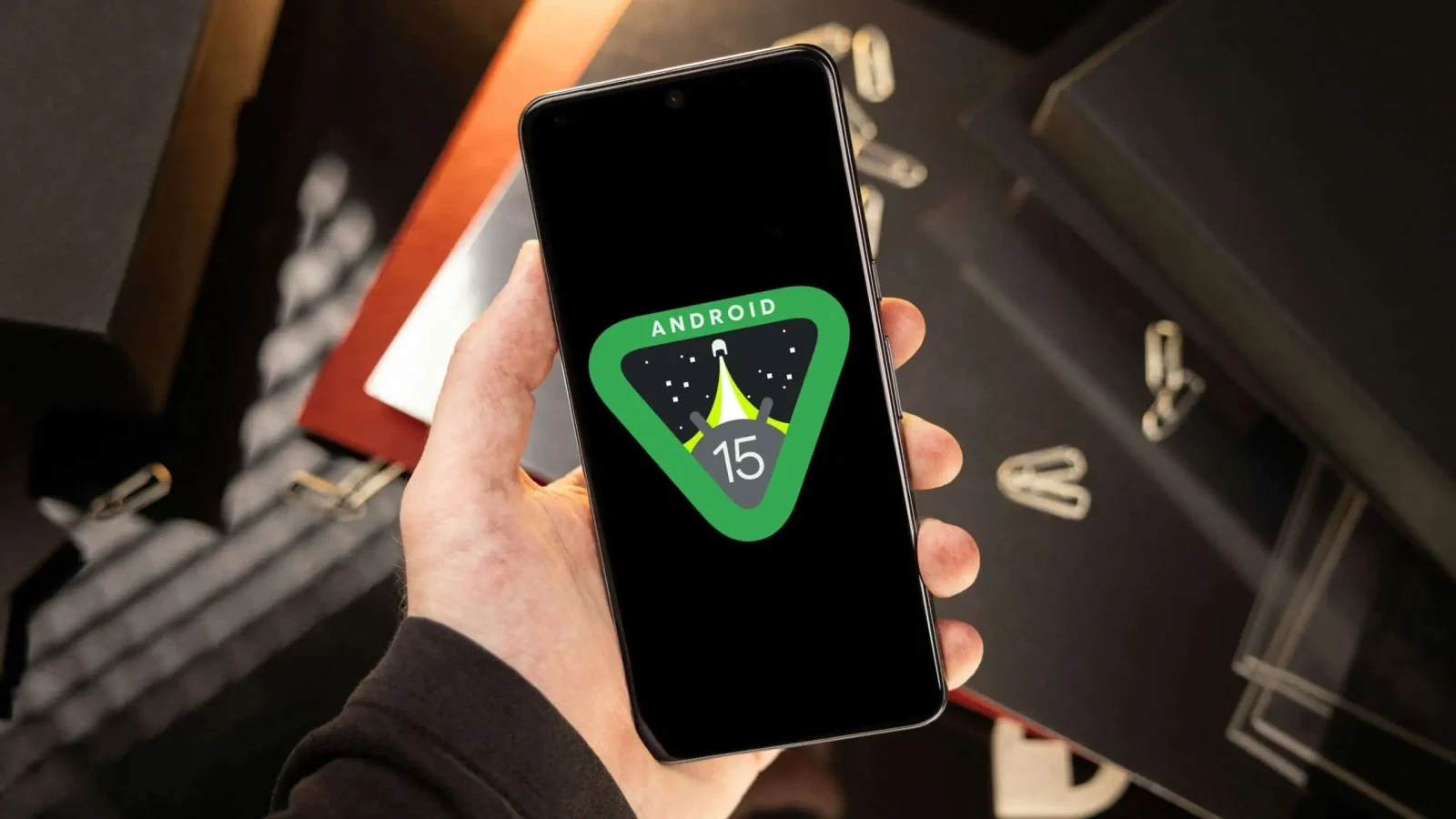Google’s upcoming Android 15 update, set to roll out to Pixel devices on October 15, is being hailed as a major leap forward in closing the security and privacy gap between Android and iPhone. Though Android 15 was released to AOSP earlier in September, Pixel users will have access to it in mid-October.
Google has made security the focal point of this update, addressing long-standing vulnerabilities that have previously given iPhone a competitive edge in user safety. The upgrade introduces innovations that significantly enhance Android’s security architecture.
One of the standout features of Android 15 is its improved cellular network defense system, which will alert users if their phone is being targeted by suspicious network activity. This system detects when a device is being repeatedly pinged by rogue network signals, which could indicate an attempt to track the device or intercept its communications.

The update will also restrict cellular connections to encrypted-only networks, preventing devices from connecting to insecure or malicious networks. This effort reflects Google’s focus on tackling long-ignored vulnerabilities, such as those found in 2G networks, which can expose users to smishing and other SMS-based attacks.
The update also introduces enhanced screen and message protection. Partial screen sharing will prevent accidental overexposure of sensitive content during video calls on platforms like Zoom or Teams, while One-Time Password (OTP) protection will shield users from malware that attempts to steal MFA codes from SMS messages.
These features are designed to give users more control over what is shared and keep sensitive information secure, especially in scenarios involving screen sharing or app-based attacks.
The most groundbreaking update, however, is Android 15’s real-time AI-powered threat detection. This feature will actively scan apps for suspicious behaviors or permissions in real-time, using on-device AI within Google’s Private Compute Core.
If an app is flagged for malicious activity, it can be sent for further review, and Google Play Protect will either warn the user or disable the app. This advancement marks a significant step in closing the malware vulnerability gap between Android and iPhone, potentially reducing the frequent malware warnings that have plagued Android users.
In tandem with these security improvements, Google is also conducting a Play Store purge of low-quality and potentially dangerous apps, as well as cracking down on sideloading practices. These combined efforts aim to bolster Android’s reputation for safety and security.
While it remains to be seen whether these changes will fully shift the public perception that the iPhone is more secure, Android 15’s robust security measures are a significant move toward leveling the playing field.







Leave a Reply